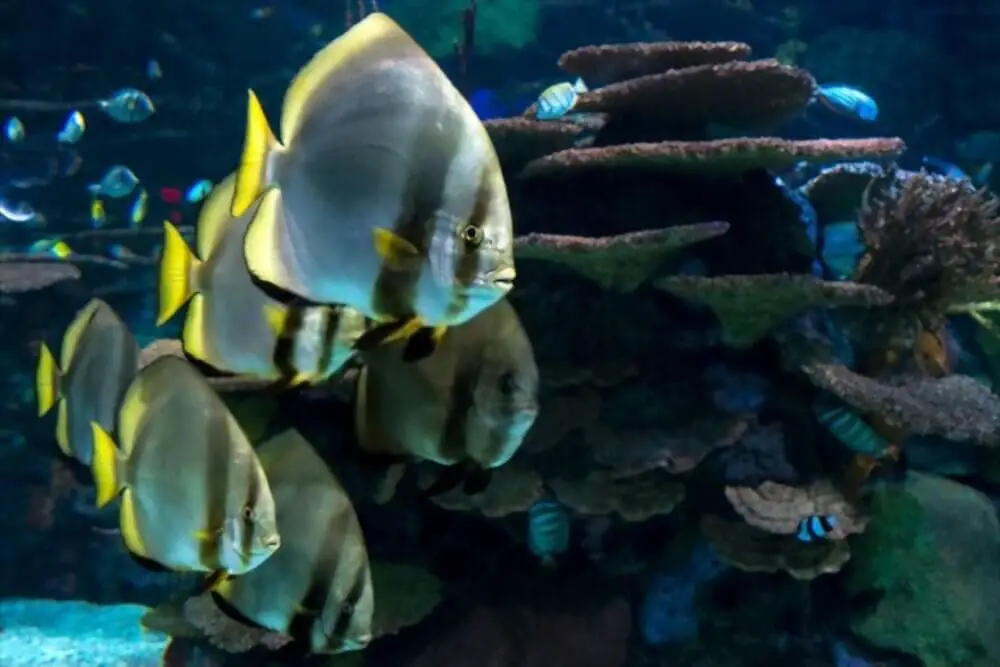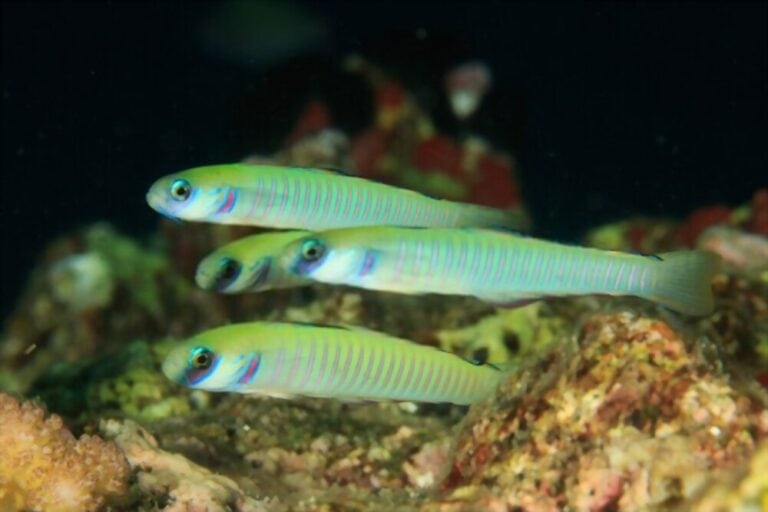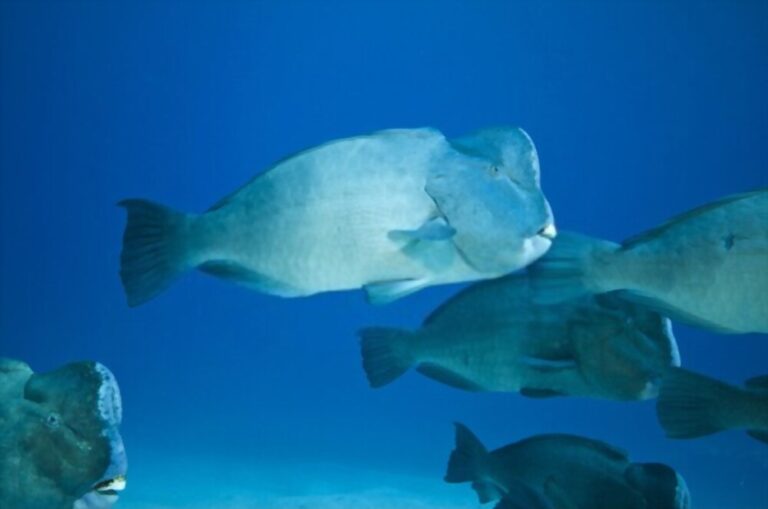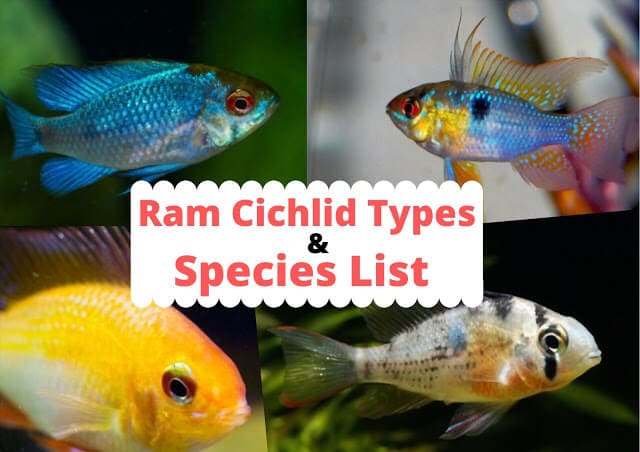Batfish Life Cycle: Life Cycle & Lifespan of Different Batfish Species
The life cycle of Batfish is exciting to know for every fish keeper and the people who love to read about fish.
Batfish has characteristic features like fins, which are elongated and thin, so they need sufficient space to survive in the aquarium.
That these fish thrive in captivity requires an adequate diet. These fishes form a close bond with their owner and love eating with their hands. They seek the attention of many people because they are fantastic aquarist fish.
Batfish Egg Stage
A group of very distinct fishes has been identified recently, and the group is named batfish. This group of fish includes Ogcocephalidae, California Batfish, Freshwater Batfish, and Plantax Teira.
Coral Beauty Angelfish Care Guide
These species differ at many levels that are look, shape, and scale. Yet they’ve all extended mostly fins that look like wings. The Teira batfish is seen mainly around the Thailand reefs, and it is also known by the name tall-fin batfish.
Currently, there are five recognized species of Teira Batfish, and they are very curious. They also like to explore and follow scuba divers around until they return to their party.
Not much data is available about the reproductive pattern of the batfish. They prefer breeding in the open water and not in the shallow waters.
After reaching the length of about 20 mm, the juveniles hide in reefs and settle down there to keep themselves safe from the predators.
Juvenile Batfish prefer to survive independently before they are fully adult, finding shelter for coral reefs. They copy the color of inedible or toxic creatures to discourage their predators.
Maturity Stage of Batfish
The adult batfish is quite friendly and loves socializing, and this is why they form schools with other members of their family. Even this is a protection mechanism when they expose themselves to the open ocean.

Platax Teira/Teira Batfish Life Cycle
The Platax is a species where genders are separated as puberty starts, but sexual (male than female) inversions are also identified.
Following a few months of acclimation, natural spawning can be achieved in captivity with wild animals. In their second year, fish born in captivity reproduce once they exceed 1.5 kg in weight.
Under the average Polynesian temperature and favorable photoperiod conditions, the females undergo the process of spawning.
They produce on average 50000 eggs per kg of body weight in successive spawnings. Annual production is 2 million eggs per kg of females in a pond of acclimatized genitors.
In the post-incubation period, the egg’s diameter is 1.3 mm, and the larvae that they produce upon hatching are about 3.7 mm long.
The larvae start feeding on live prey two or three days after hatching. After crossing 18 days and reaching the length of 1.5 cm and 120 mg, the metamorphosed individuals slowly shift to dry food micro-particles.
The growing period is about 12 months, and they reach a weight of 900 g by the end of their growth phase. They live in floating cages for the whole of the growing period.
The platax is one of these tenants with a most unusual life cycle. The platax is famous by the Water Hen, and about three species of platax have been identified, including Platax orbicularix, Platax Boersii, and Platax Teira.
They travel in either huge, small, or solitary groups below 40 meters below the surface.
The daily life of a batfish is very complicated, and it experiences a drastic change due to the change of seasons and climate. This opportunistic method will help it perfectly adapt to its environment.
In the middle of their reproductive process, several divers swam through daunting groups of spawners. The batfish is very fertile, given that it can cross several thousand eggs laid per incubation.
Often the youngsters will mimic a dead leaf to avoid predators. They typically grow close to the docks. The batfish changes its anatomy between its small fry phase and its adult period.
Red-lipped Batfish Life Cycle
Red-lipped batfish sexually reproduces, laying eggs that are Pelagic larva. Their lifespan is estimated to be roughly twelve years.
The batfish is carnivorous. It consumes mollusks, small fishes, and crustaceans like crab and shrimp for their modified dorsal fins, which are used to attract predators during adulthood. The elongated snout offers a defense.
Life Cycle of Pinnatus Batfish
The juveniles tend to prefer much shallower water. They usually spend most of their time cruising mangroves and enclosed, sheltered reefs looking for caves and ledges.
They look for shelter and food, and most of the time, algae and crustaceans, various corals, anemones, jellyfish, and zooplankton.
Pinnatus Batfish Life Cycle
Usually, adult P. pinnatus inhabit the inshore and waters of coral reefs. Adults are generally solitary and located on the outer edges of the reefs, under rocky overhangs. It’s not unusual to find them at a depth of 20 meters (65 feet) or more.
Pinnatus Batfish Guide: Size, Habitat, Behavior, Feeding, & Tank Info
Platax pinnatus, the pinnatus batfish, experiences many changes in their appearance at different phases of their life. When it is in the juvenile phase, it displays black or dark brown color, and the body shows orange color. As the fish reaches the adult stage, it shows dark black color.
How Long Does Batfish Live?
Different species of batfish have different life span. Many factors play an essential role in the survival of the batfish. Every species needs a specific environment to live in.
Even while keeping them in an aquarium, the person should take care of all the fish’s basic requirements like maintaining the habitat, diet, tank size, and other things.
A person should have complete knowledge about the particular species he is thinking of keeping as a pet. If the batfish are provided with a favorable chance survival rate will automatically increase.
The Lifespan of Batfish Species
The average lifespan of batfish is up to 5 Years. But this is not for all species of batfish. Their lifespan is dependent on the different species. Some batfish are having more than, and some are having lesser than five years.
Pinnatus Batfish Lifespan
It’s the shining star, but for a brief time before it dies. Occasionally species live for a couple of months, and some can last for weeks, but the fact that 90 percent live just a few short hours or days is even sadder.
P. pinnatus appears to have substantially higher mortality rates than other batfish species. They are shipping very badly and usually die within the first few days of shipment.
It should also be noted that specimens that have been produced by tanks are available. They are not found easily and are significantly less common, but they exist. They are incredibly complicated and can only be held by experts.
Pancake Batfish Lifespan
The lifespan of every pancake batfish depends on the environment and diet. Most pancake batfishes live an average life as compared to other fishes. Their lifespan is about 12 years.
Orbicular Batfish Lifespan
The orbiculate batfish usually live longer than the average 5-12 years for a batfish. The batfish is a friendly and cooperative fish. It would be best if you did not put it with hostile fish.
Red-lipped Batfish Lifespan
A red-lipped batfish’s lifespan is approximately up to 12 years. Such fish sexually reproduce. They have forms of pelagic and pelagic larvae in their nests.
Full-grown Red-lipped Batfish
The Red-lipped batfish’s reproduction is based on the pelagic environments. It means that their eggs are laid in the open waters and spawn pelagic larvae.
These fishes are carnivores, and they consume gastropods, bivalves, crustaceans like shrimps and crabs, and benthic worms. When considering their anatomy, the fact that these fish are tricky in the diet is understandable.
Their mobility is limited, and so they need the prey to capture quickly. Their size is small, so they are limited to small targets. But they have very sharp teeth, and with the help, they easily capture their prey and bite them.
Not much research has been done to investigate the red-lipped batfish’s behavior, but diving photographers have made some interesting observations.
Batfish is often the tricky part because they prefer frequent reef beds and their ability to fit well with the sandy ocean floor. Such fish are cautious, and when they approach too fast, they will try to turn away, so getting a good shot from them is difficult.
Breeding Batfish
You have to be an accomplished aquarist to breed a batfish. They are also a difficult fish species to hold. Whether you want them to have a longer lifespan, they need careful handling.
There are diseases that they are vulnerable to it if not properly treated, which may affect all the other fish in the tank.
When you do not know too much about fish handling, it is best not to move into these categories without prior experience. While handling them, even experts sometimes get it wrong, so be very confident of the ability to control them before you invest in batfish.
When you get the hang of it, in the end, you’ll probably like them. The juvenile period is one of the most challenging stages in preserving batfish. If you’re not very observant at this point, they may not be feeding.
Other fish could override them because of their calm and slow nature at this point, causing them to die of starvation. When they grow older, they tend to become easier but still need great vigilance to prevent mortality, even at this point.
Pinnatus Batfish & Captive Breeding
P. pinnatus batfish are not suitable for breeding in the ordinary home aquarium because of their size and pelagic need of their larvae.
Yet there is more positive news to it. Because of humankind’s great hunger for seafood, this species is being aquacultured for the local fish markets on fish farms in Indonesia.
Small quantities of these aquaculture batfish are available in the United States exclusively for the aquarium market. The captive-bred specimens are available. You can place this beautiful species in an aquarium.
The owner should have all the information about the fish’s lifestyle and dietary habits to provide the best possible environment for the fish. Captive Bred Pinnatus Batfish is a shocking and enjoyable new addition to the hobby.
These are beautiful species, but the sad part is that they have low survival rates if you take them from the wild. When you raise this beautiful fish species, it will force the hobbyists to introduce new tank mates into the aquarium.
The fins of the batfish, like the other fish, don’t grow very fast. They feel difficulty in getting away from the way of other fish.
They feed on Macroalgae present at the bottom of the tank and different types of shrimps. The fish eat very slowly. Only having a Pinattus Batfish tank-raised can not solve all the obstacles these fish have in captivity.
It would be best to house them with several other fish that are not nippy when they are sub-adults. Are you aware that a big toxic flatworm is mimicking the Pinnatus batfish? Talking about the juvenile Pinnatus batfish, they act like flatworms by going down to the tank’s bottom and lying there.
Note: While tanks have been lifted, juveniles at Pinattus batfish still need specialized treatment. We also suggest that you should keep juveniles alone in a tank.
Conclusion
The Ogcocephalidae family of fish has about 60 members, and Batfish is one of them. You can easily find in warm waters.
Batfishes have slim bodies, flat and long heads, and their body is covered with lumps and hard spines. An elongated snout is also seen in many species. Batfishes grow about 36 cm long at most.
All the stages involved in batfish’s life cycle can give you an idea about their behavior and all the information regarding breeding and providing a friendly environment.
Batfishes are not powerful swimmers. They use their pelvic and pectoral fins. Which function as limbs and they walk by using them. Some are living in the deep sea, but others are dwelling in shallow water.






